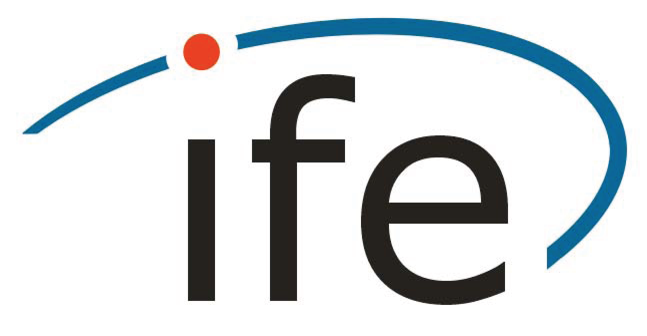A study on multipath spatial correlation for GNSS collaborative positioning
- authored by
- Guohao Zhang, Lucy Icking, Li Ta Hsu, Steffen Schön
- Abstract
The accuracy of GNSS positioning is significantly degraded in urban areas, due to the signal reflections from buildings. The 3D mapping aided (3DMA) GNSS based collaborative positioning, integrating the 3DMA GNSS ray-tracing algorithm with the GNSS collaborative positioning, can sufficiently improve the positioning accuracy in the urban area, by eliminating the systematic errors and mitigating the multipath and NLOS reception errors simultaneously. However, the effectiveness of the collaborating agent or the collaborator selection strategy for a target agent in the urban area has not been investigated yet. The collaborating agent selection strategy based on the environment context or the measurement spatial correlation will be analyzed. Simulation result shows, collaborating with the agents from the open-sky environment can ensure the qualities of anchor positions and achieve a better collaborative positioning performance. On the other hand, the measurement spatial correlation occurs for the agents with similar environment geometry and improves the quality of relative position constraints during the collaborative positioning. As a result, collaborating with the spatial correlated agents can also achieve an accurate collaborative positioning solution comparing to the collaboration with open-sky agents.
- Organisation(s)
-
Institute of Geodesy
- External Organisation(s)
-
Hong Kong Polytechnic University
- Type
- Conference contribution
- Pages
- 2430-2444
- No. of pages
- 15
- Publication date
- 13.10.2021
- Publication status
- Published
- Peer reviewed
- Yes
- ASJC Scopus subject areas
- Computer Science Applications, Software, Electrical and Electronic Engineering
- Electronic version(s)
-
https://doi.org/10.33012/2021.17942 (Access:
Open)
-
Details in the research portal "Research@Leibniz University"




